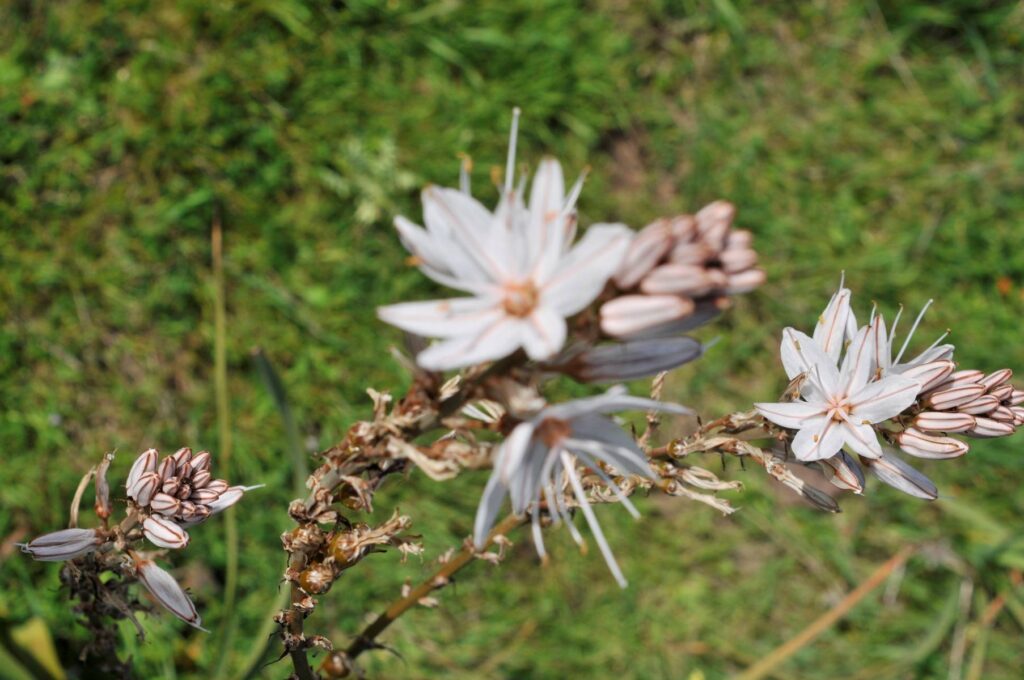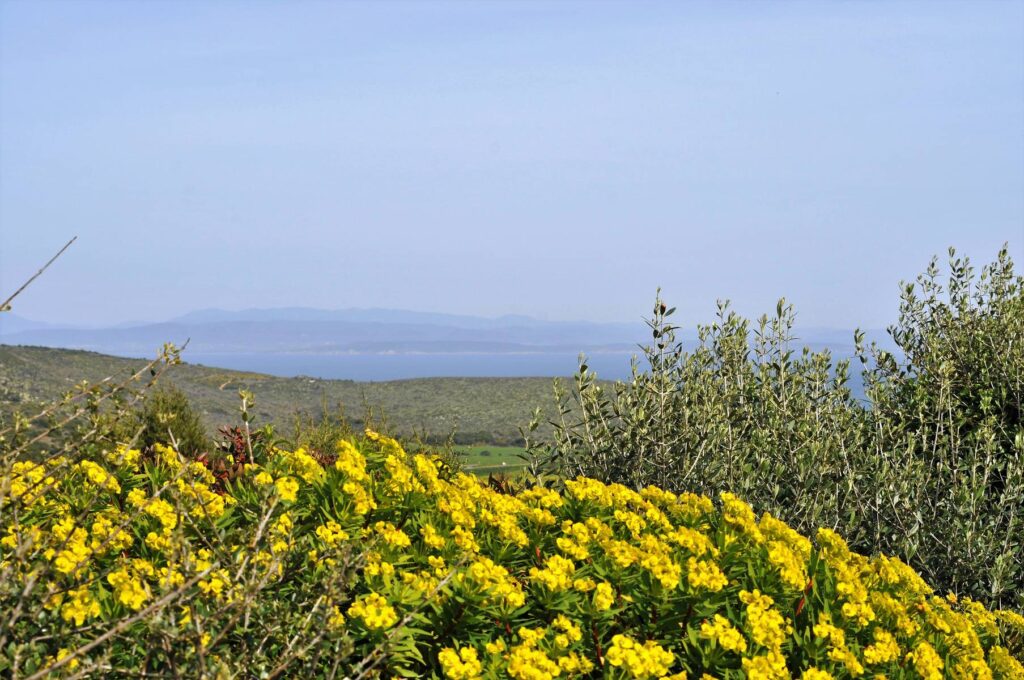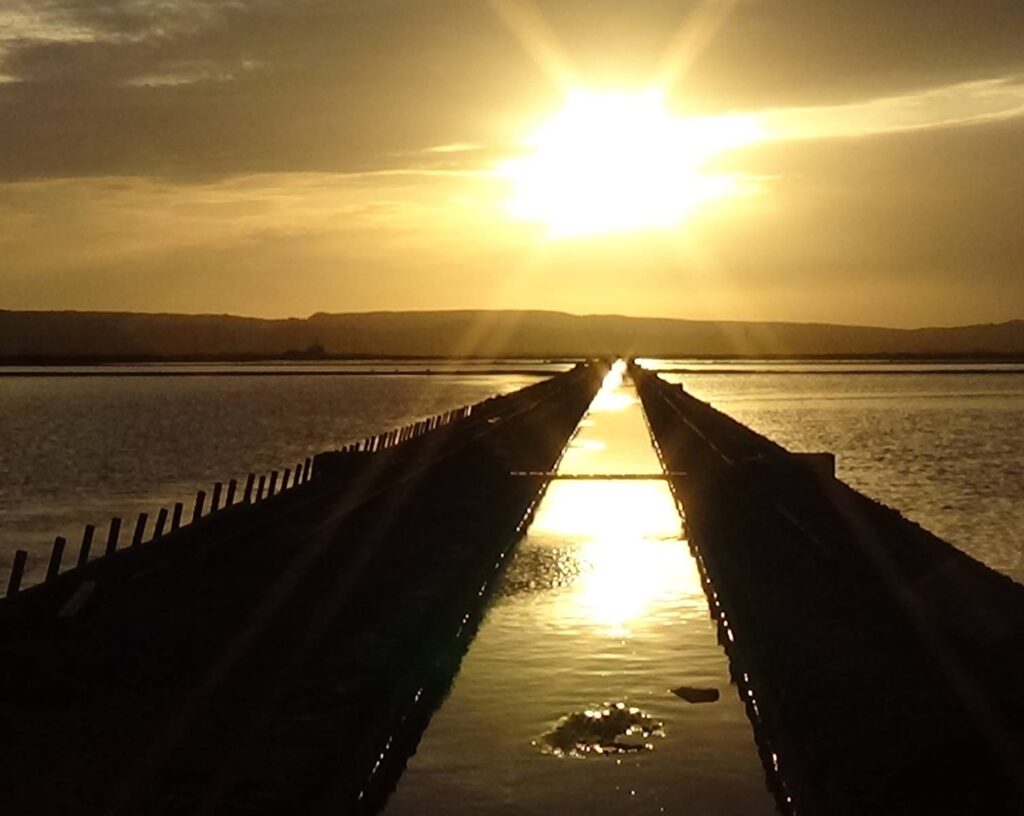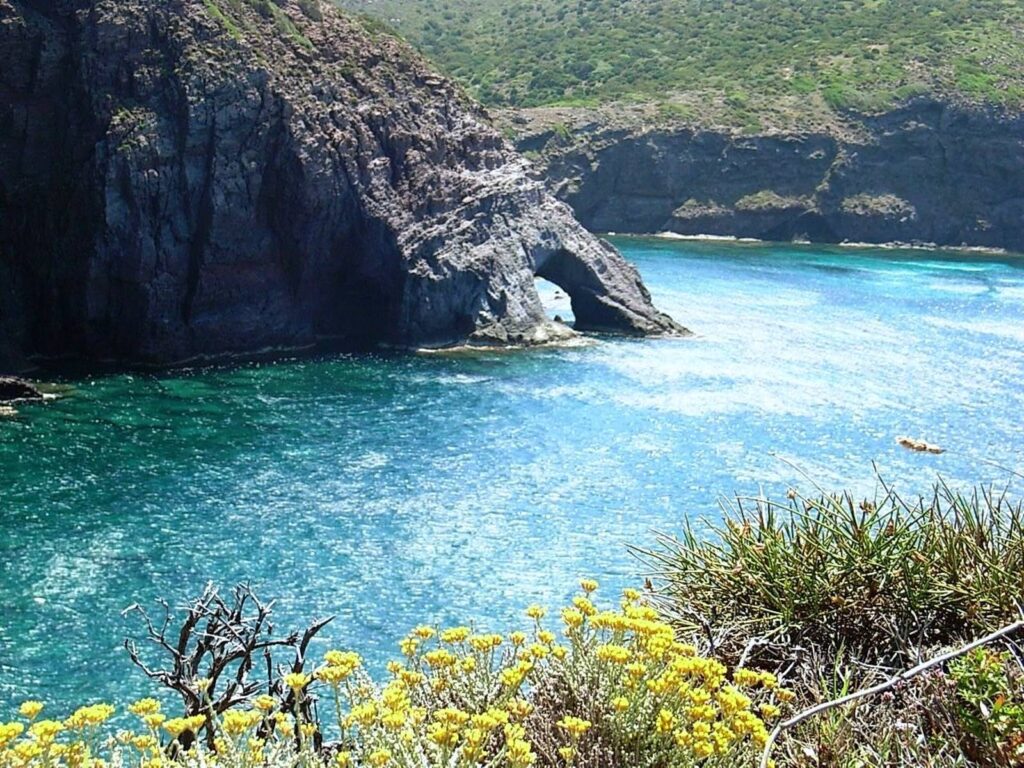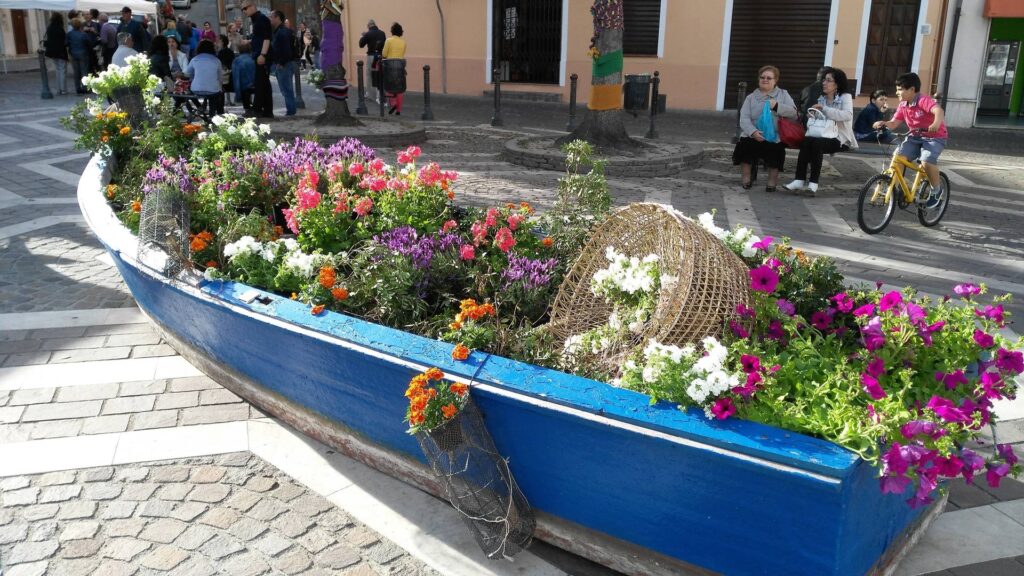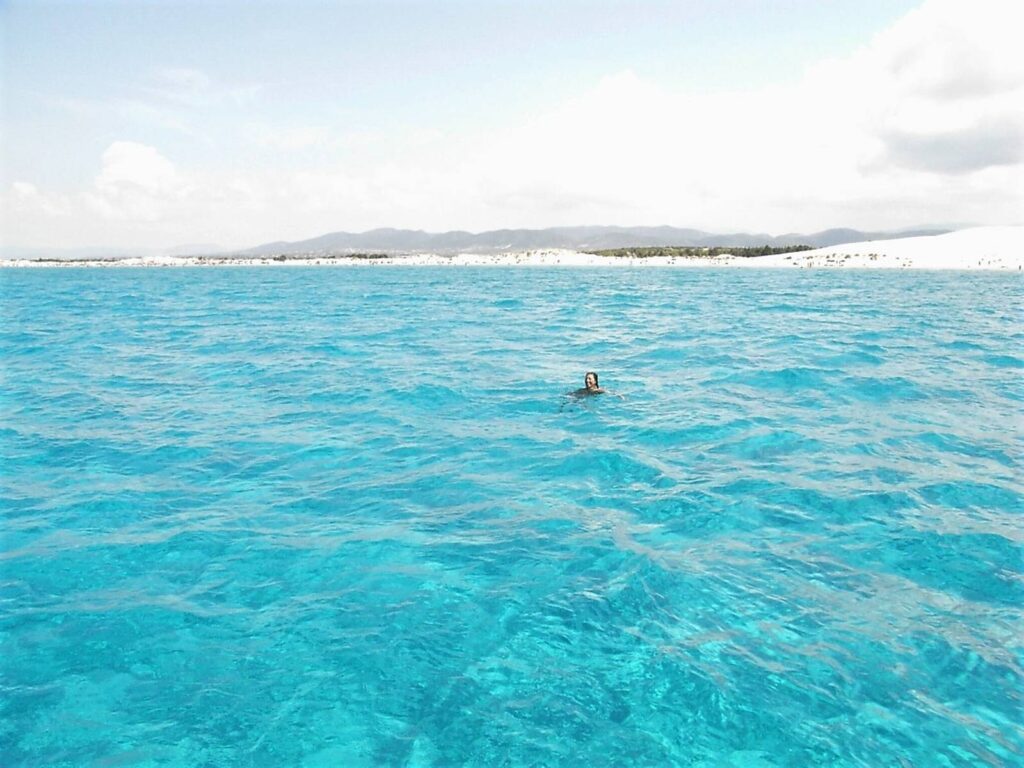About us
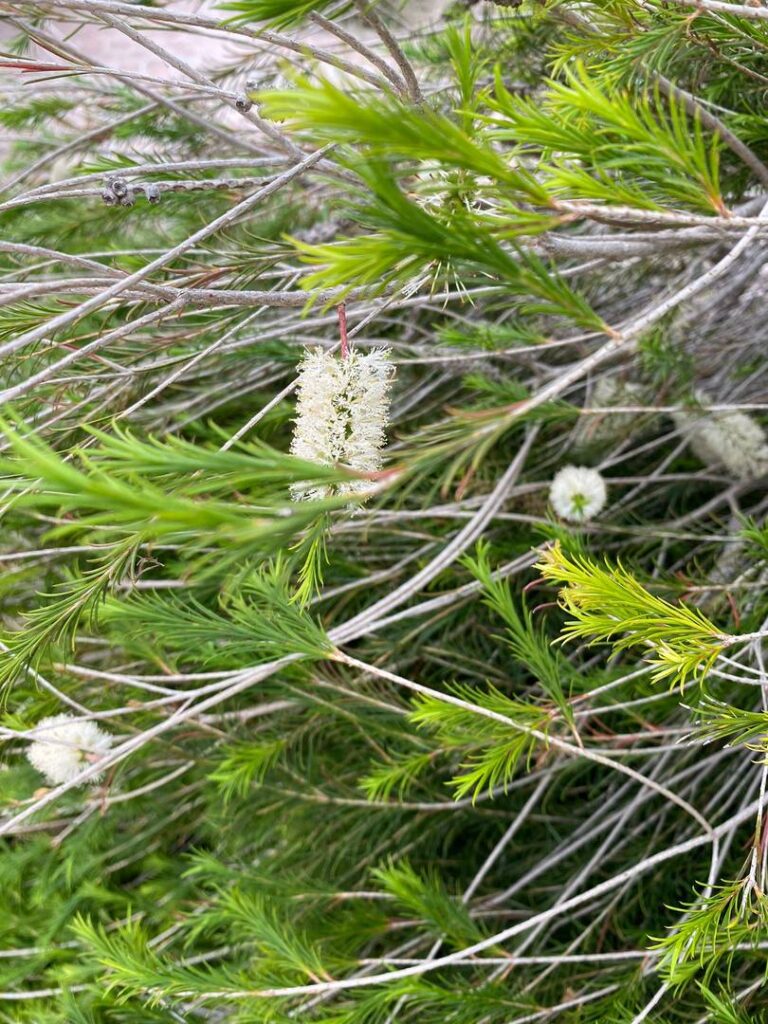
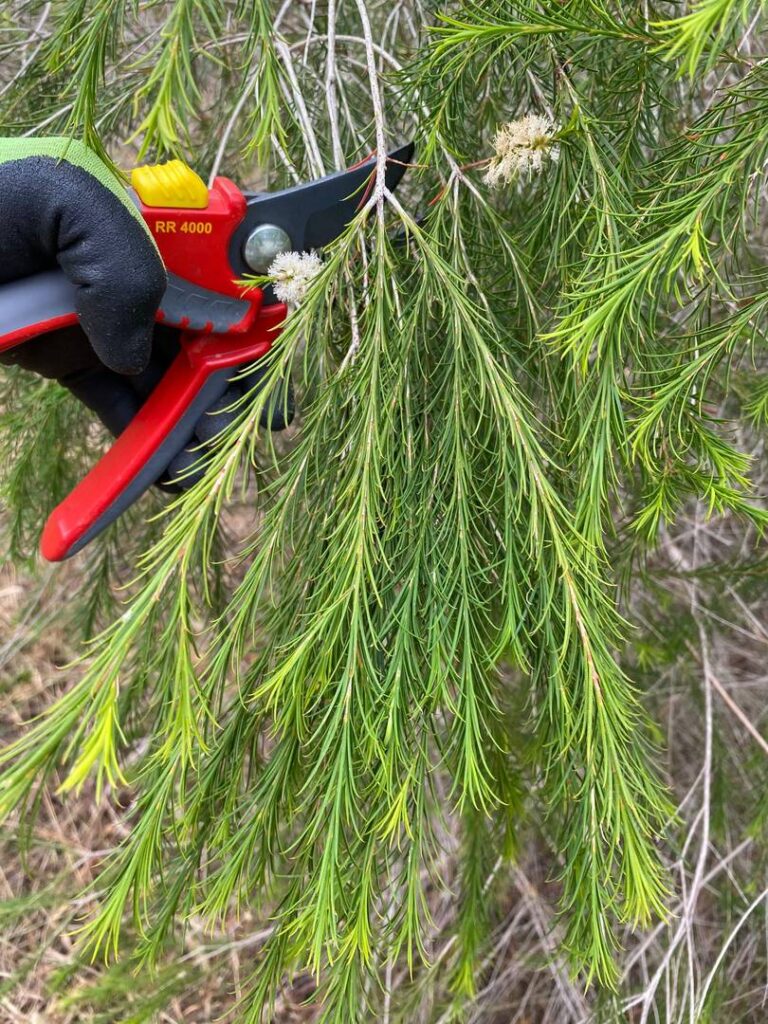
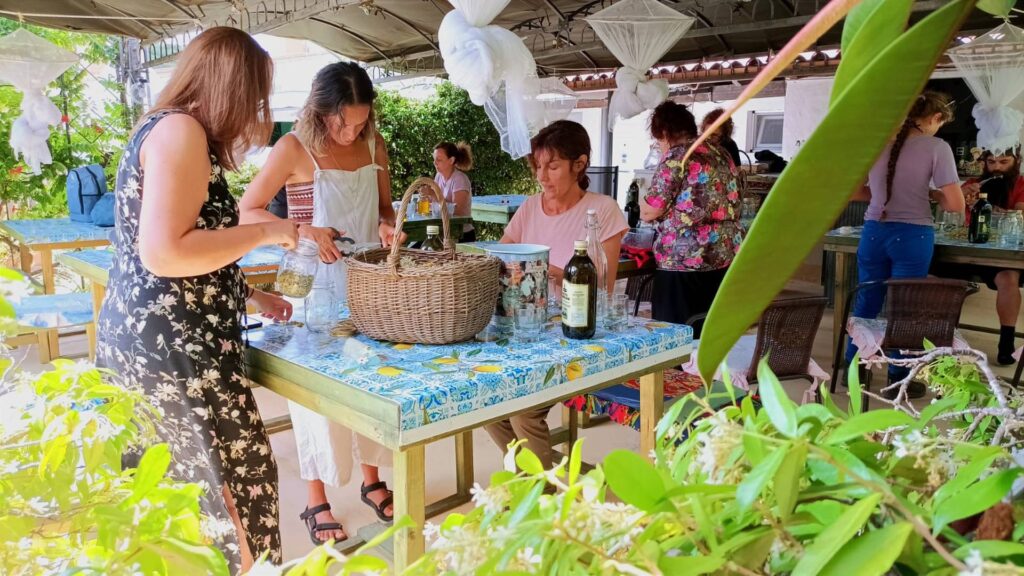
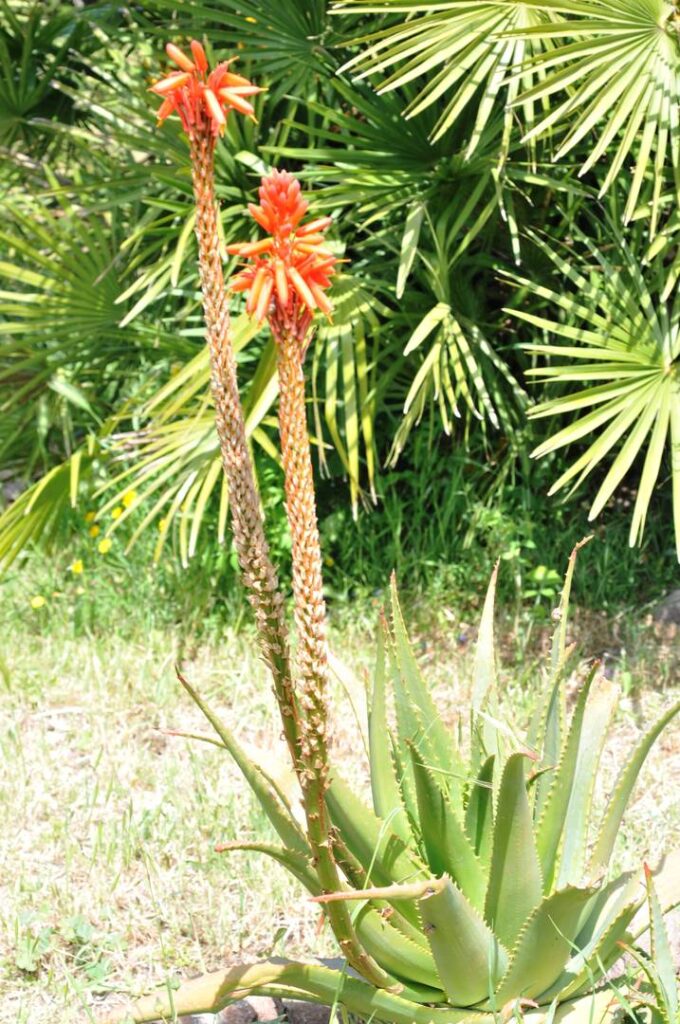
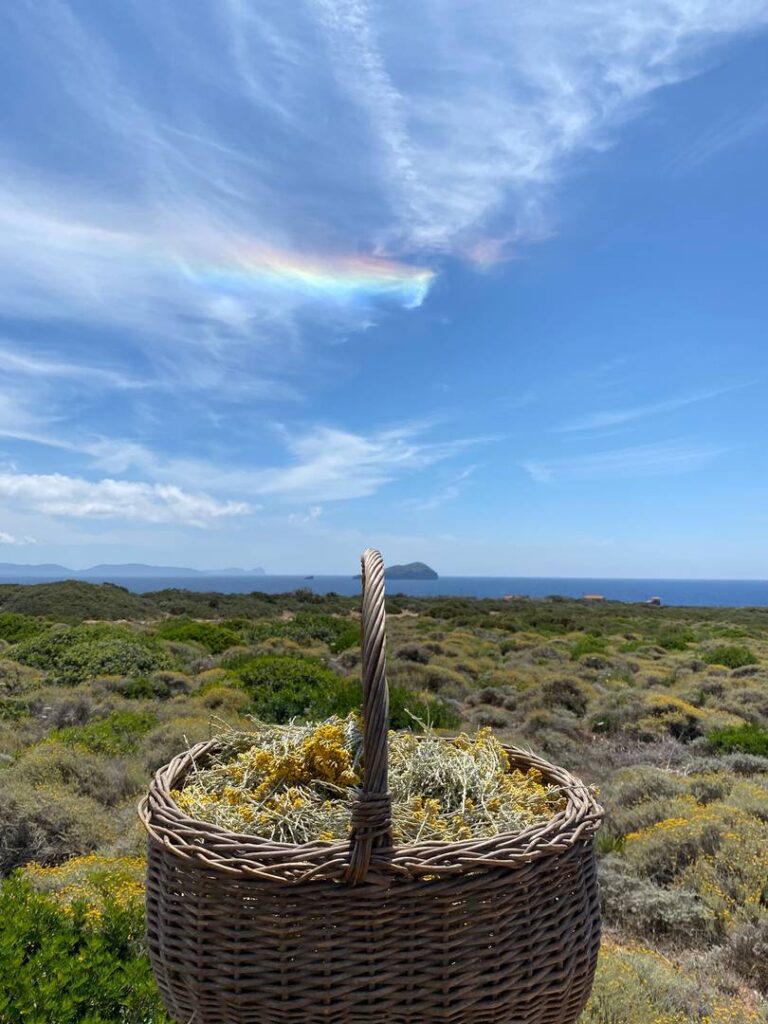
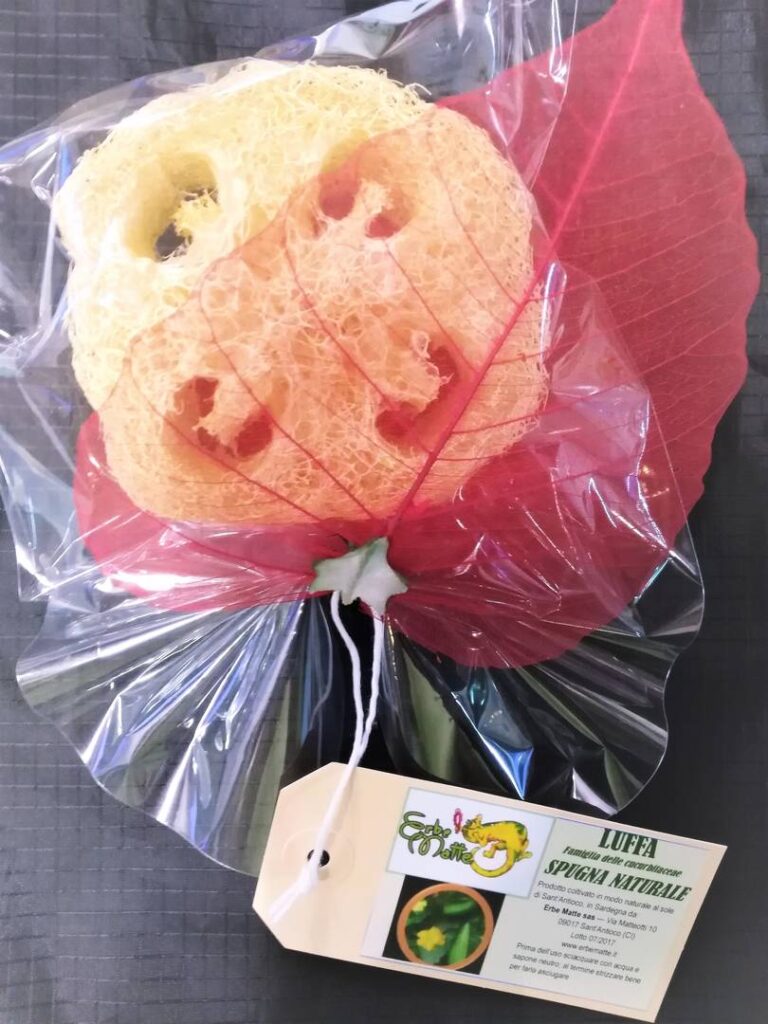
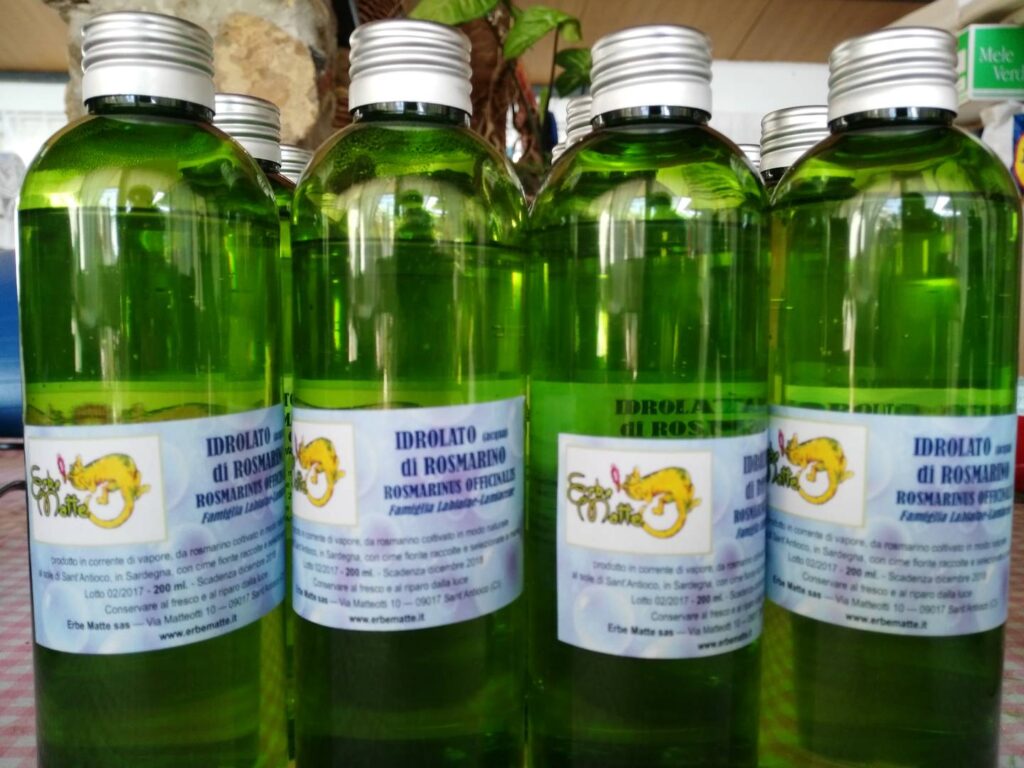
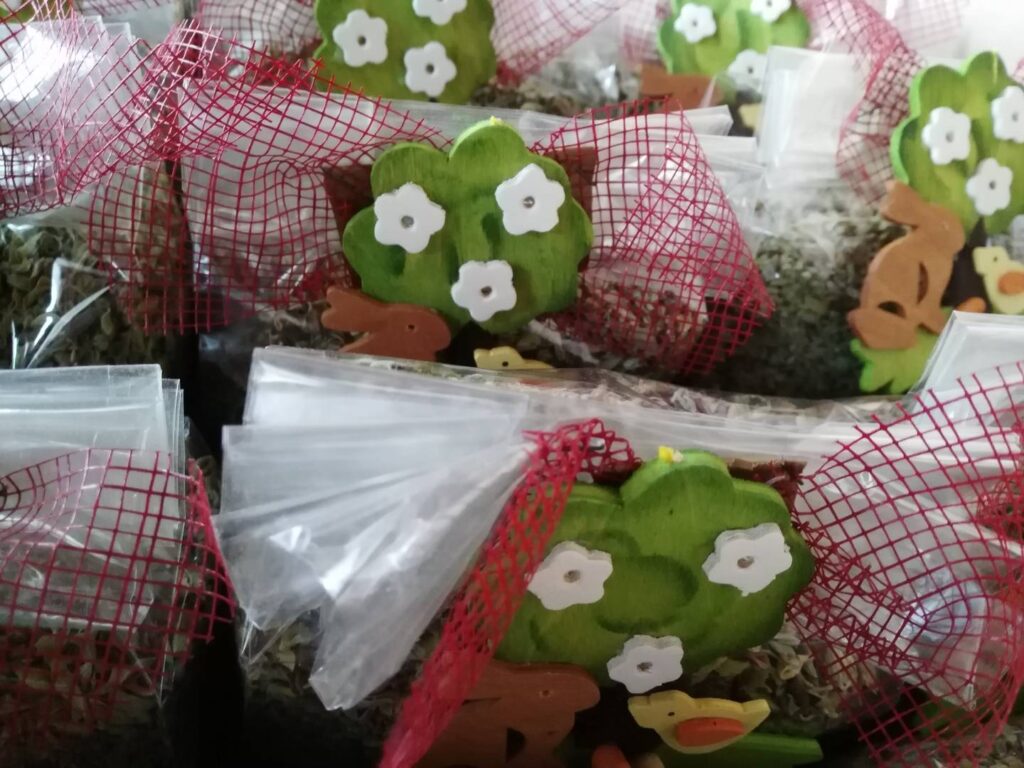
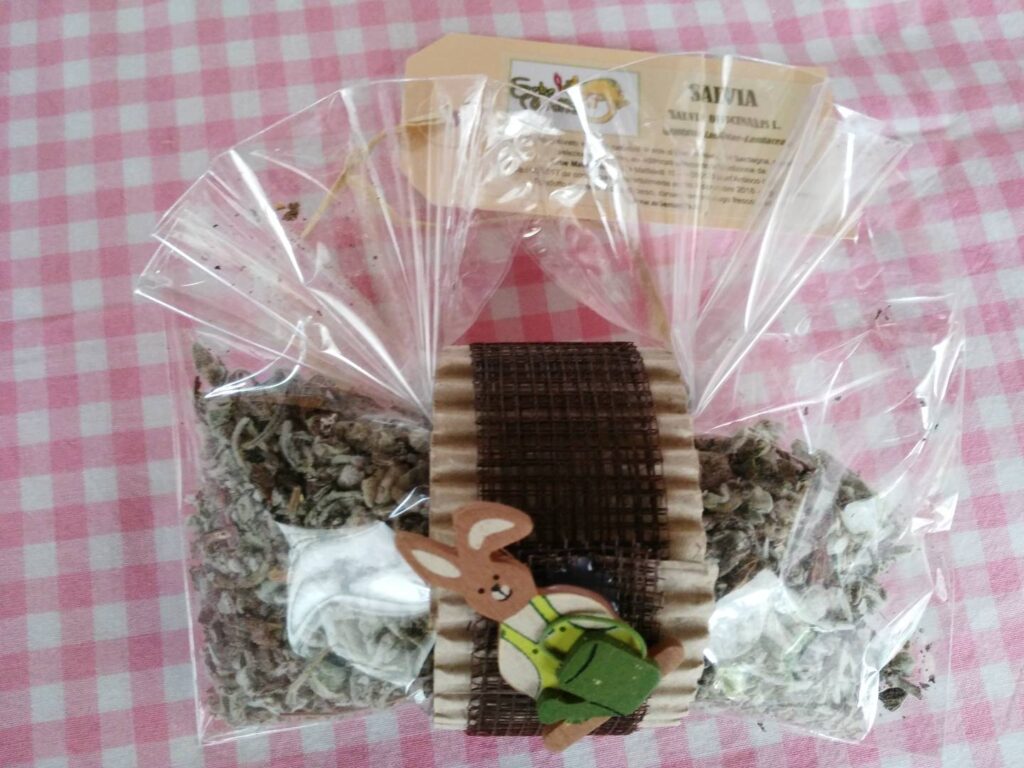
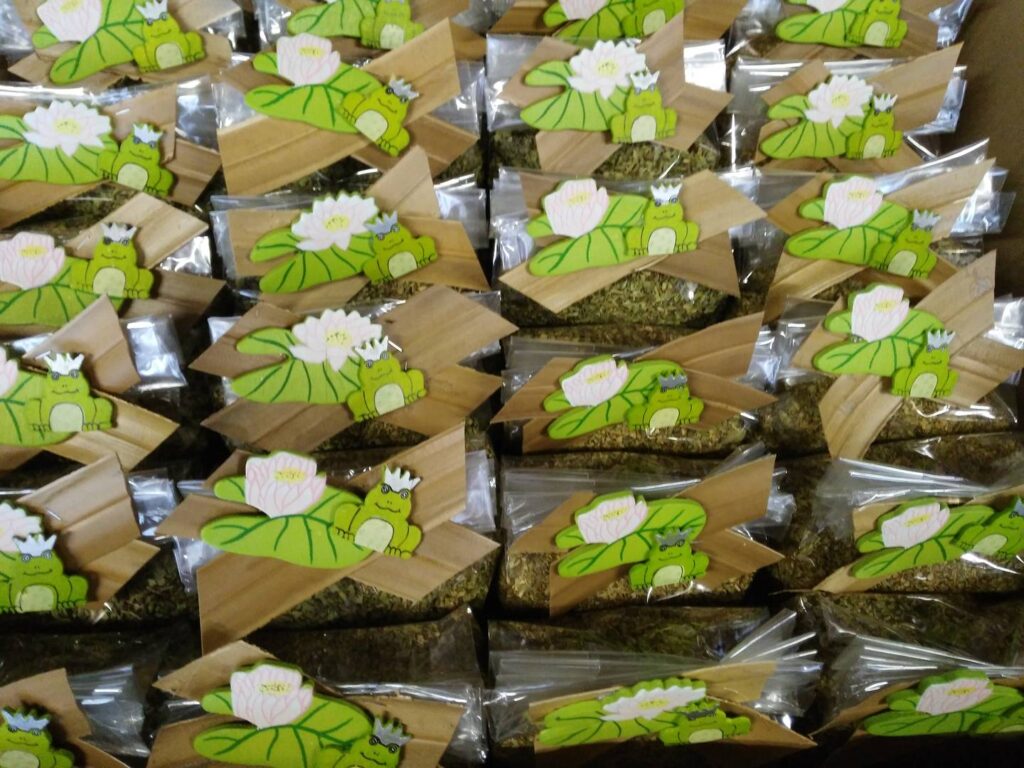
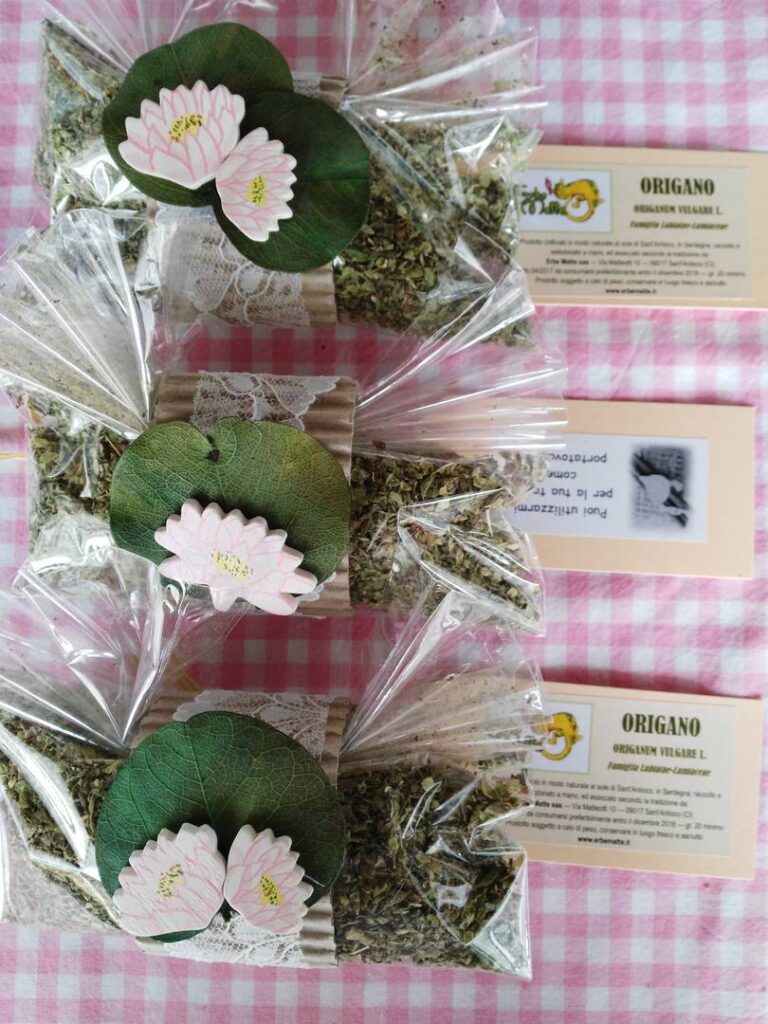
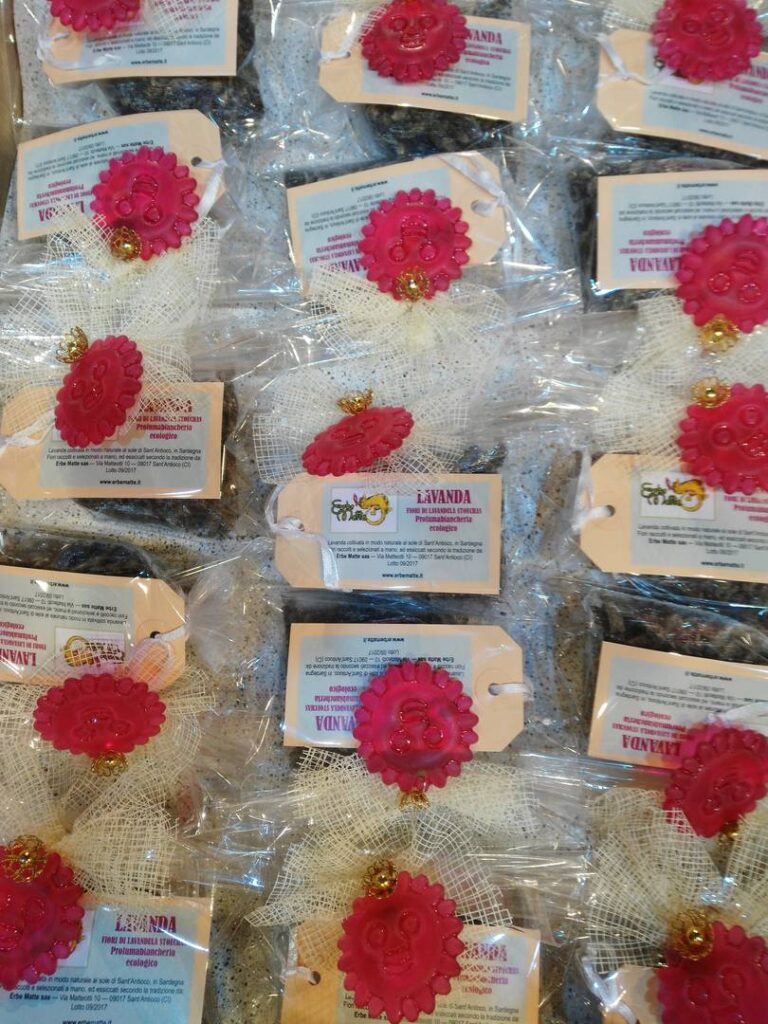
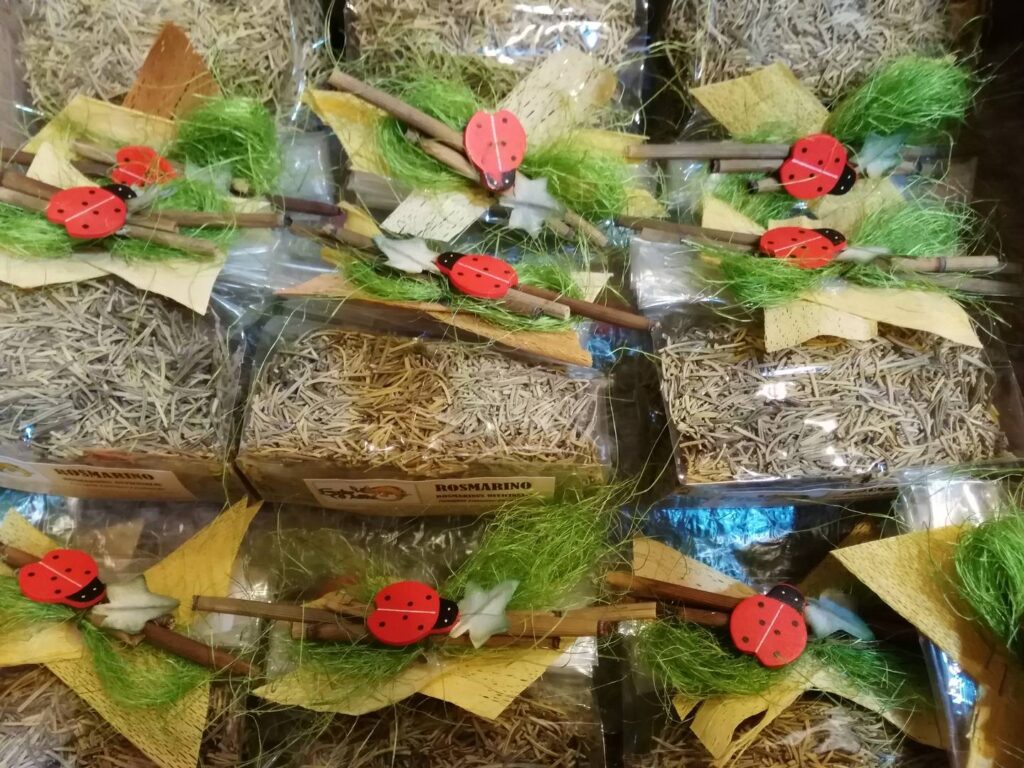
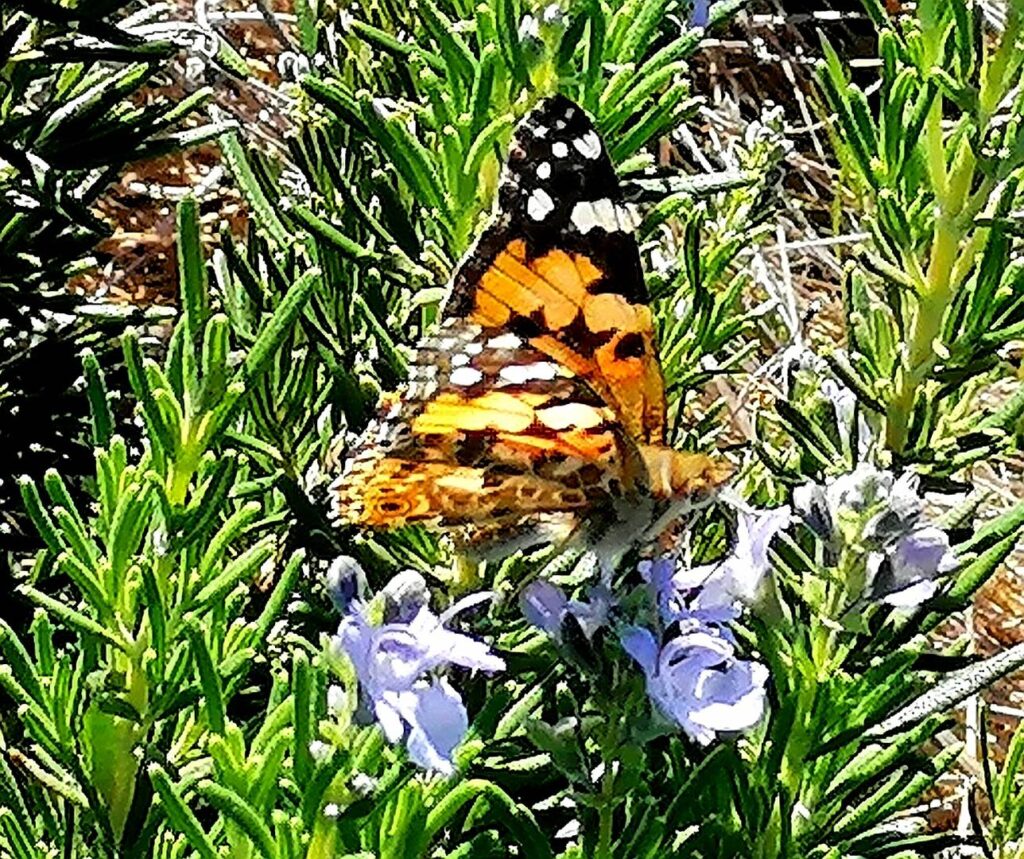
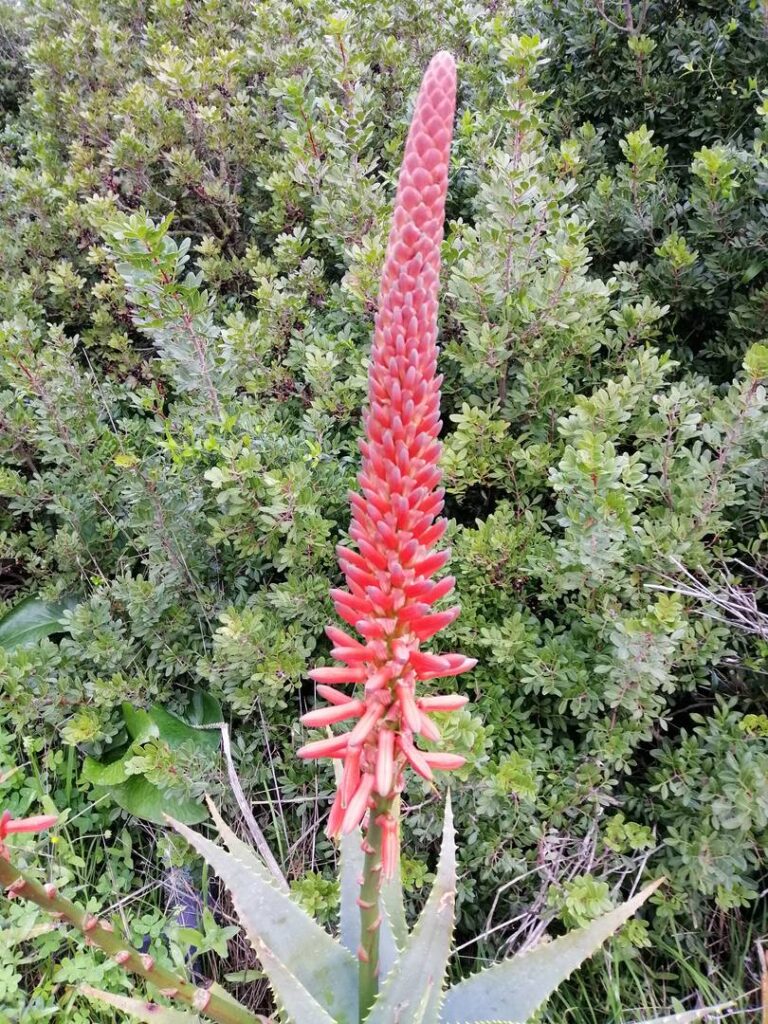
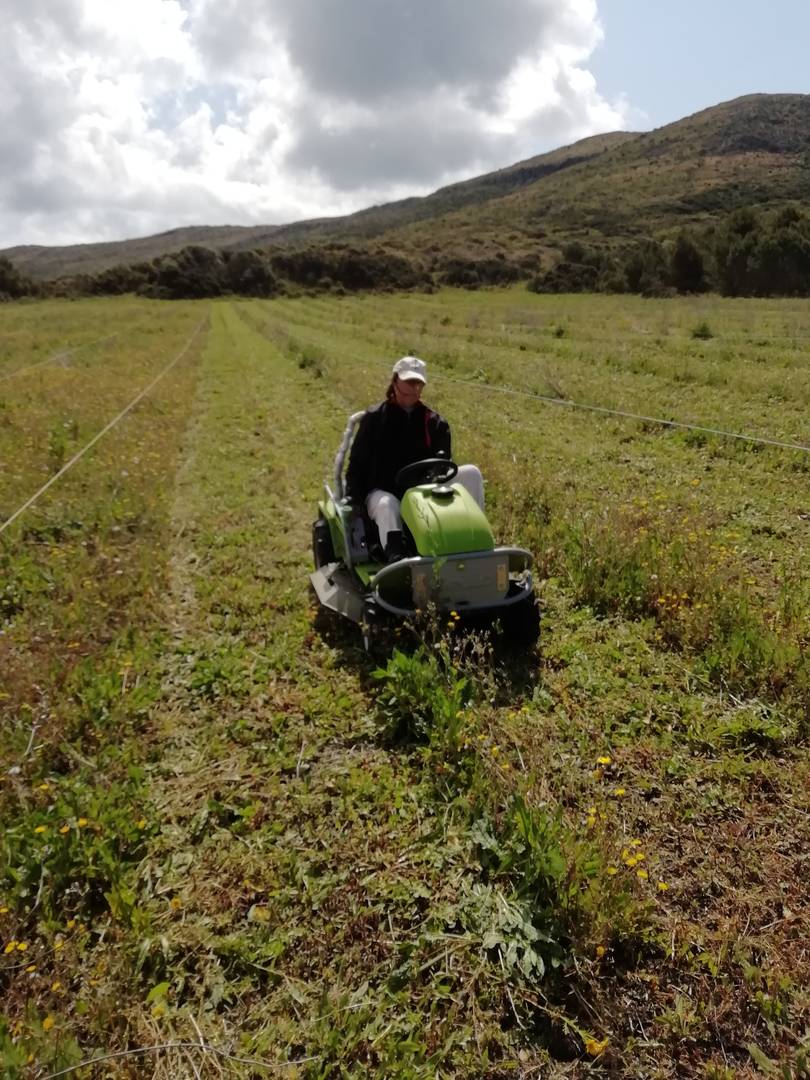
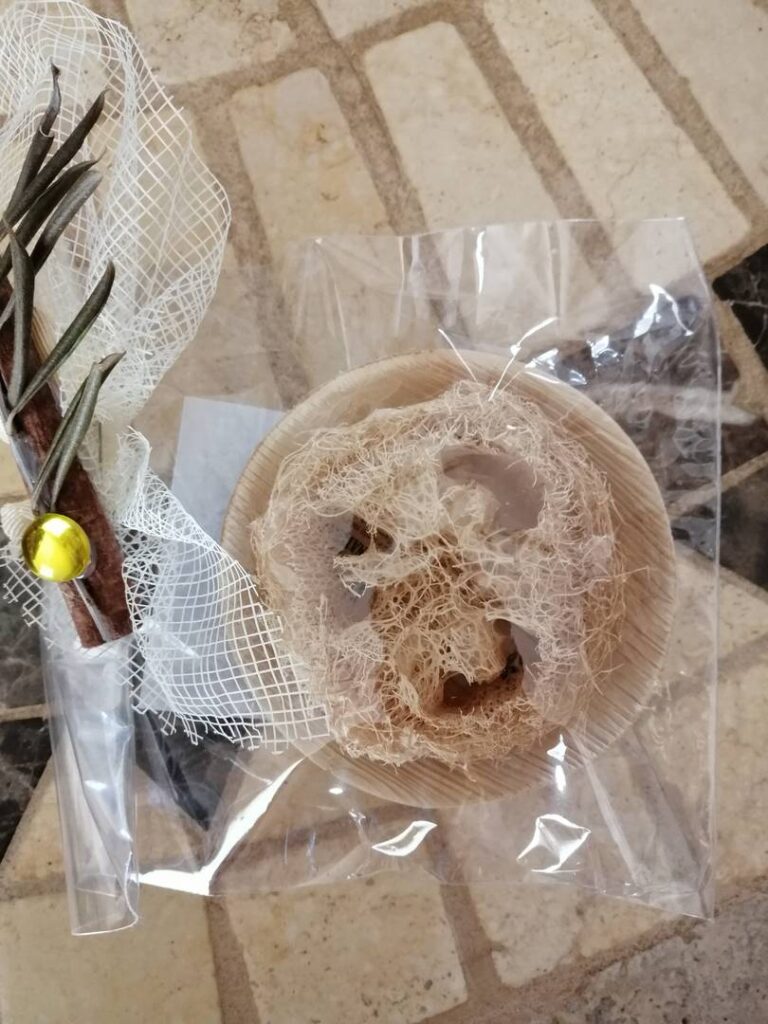
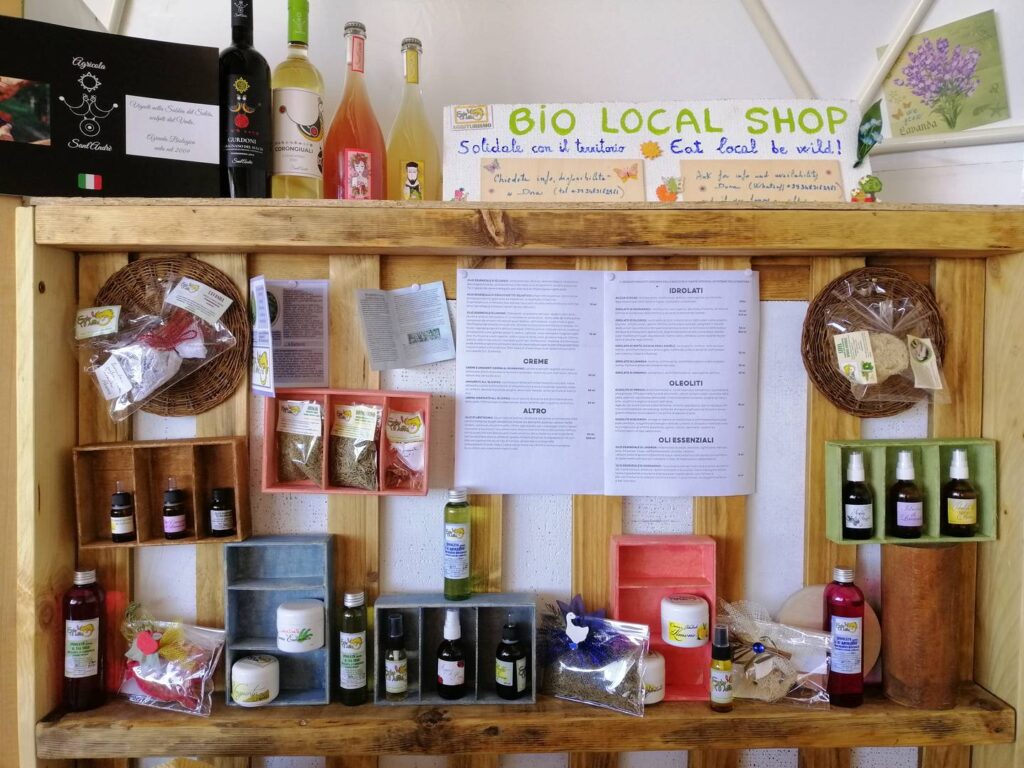
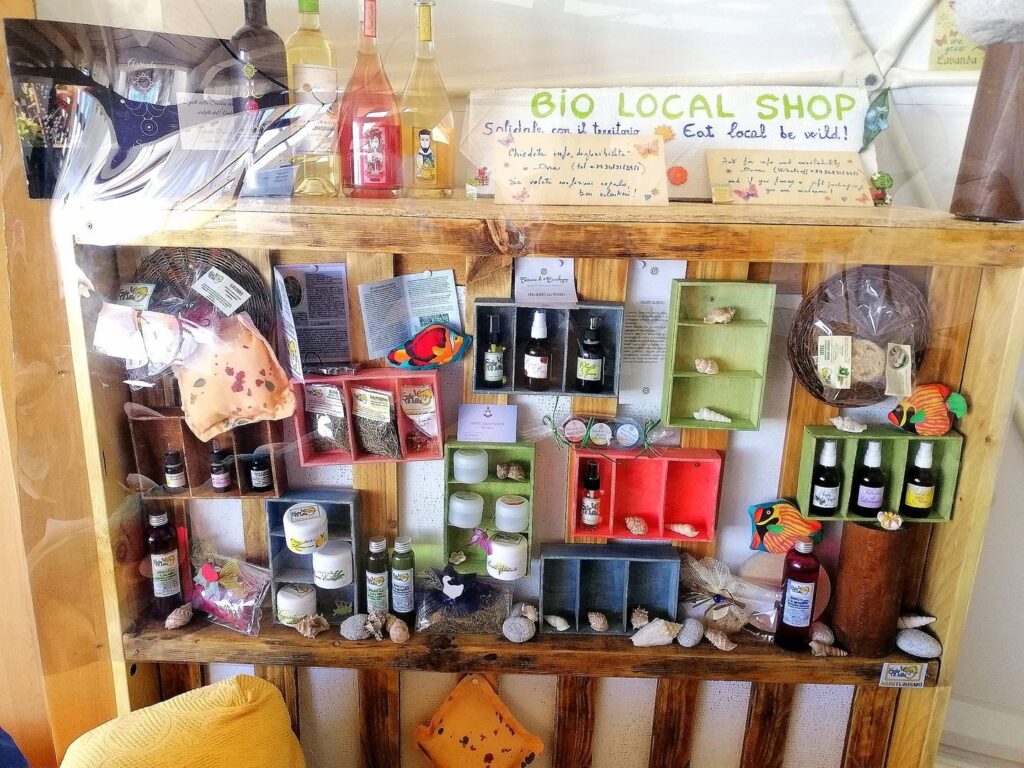
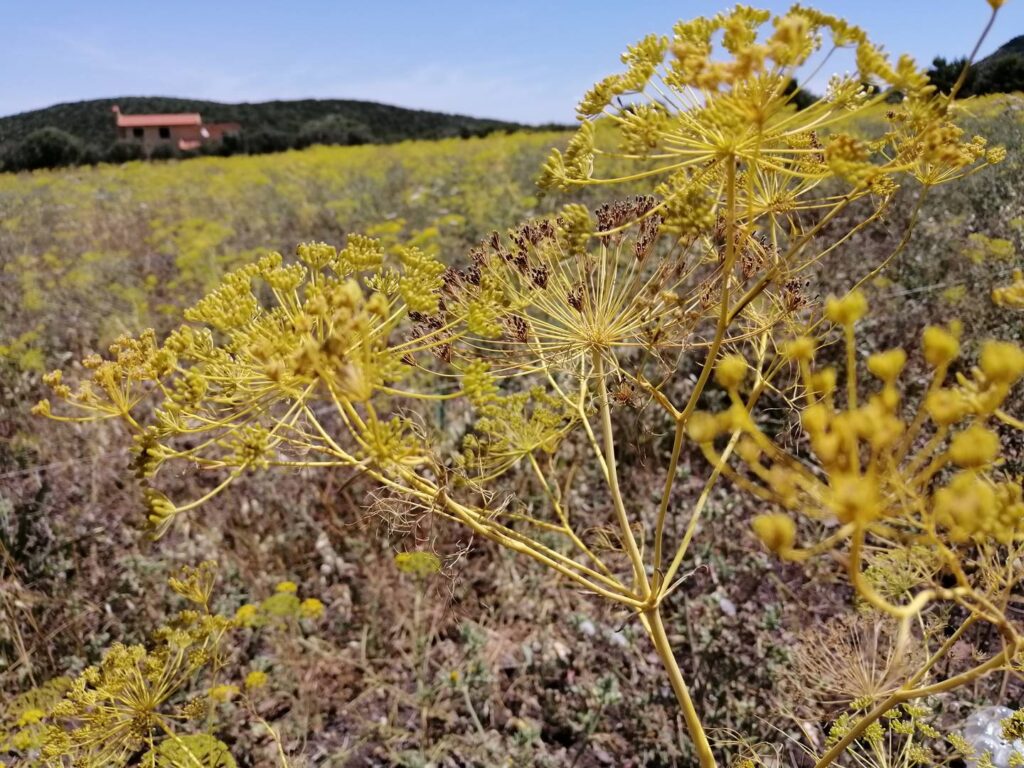
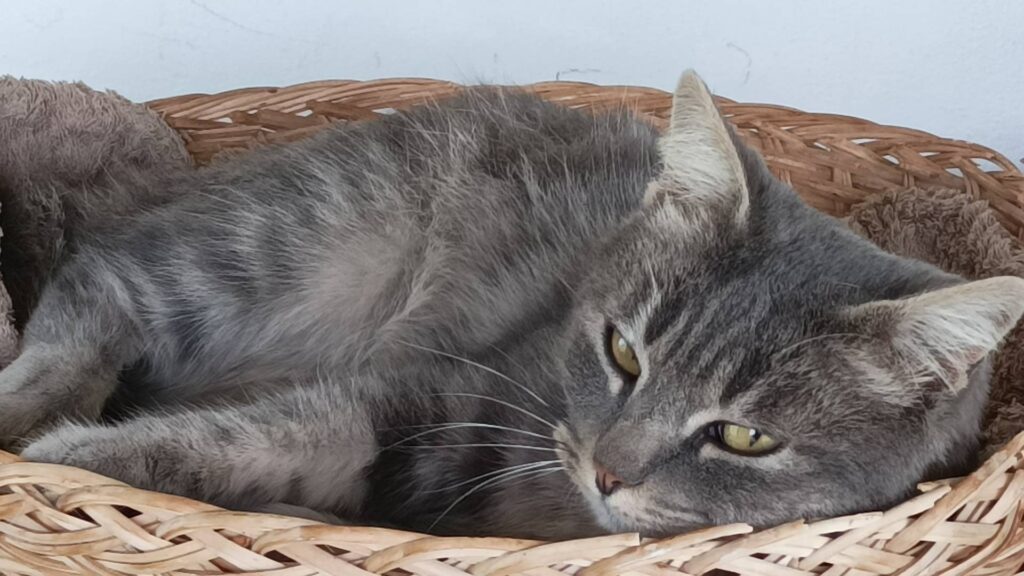
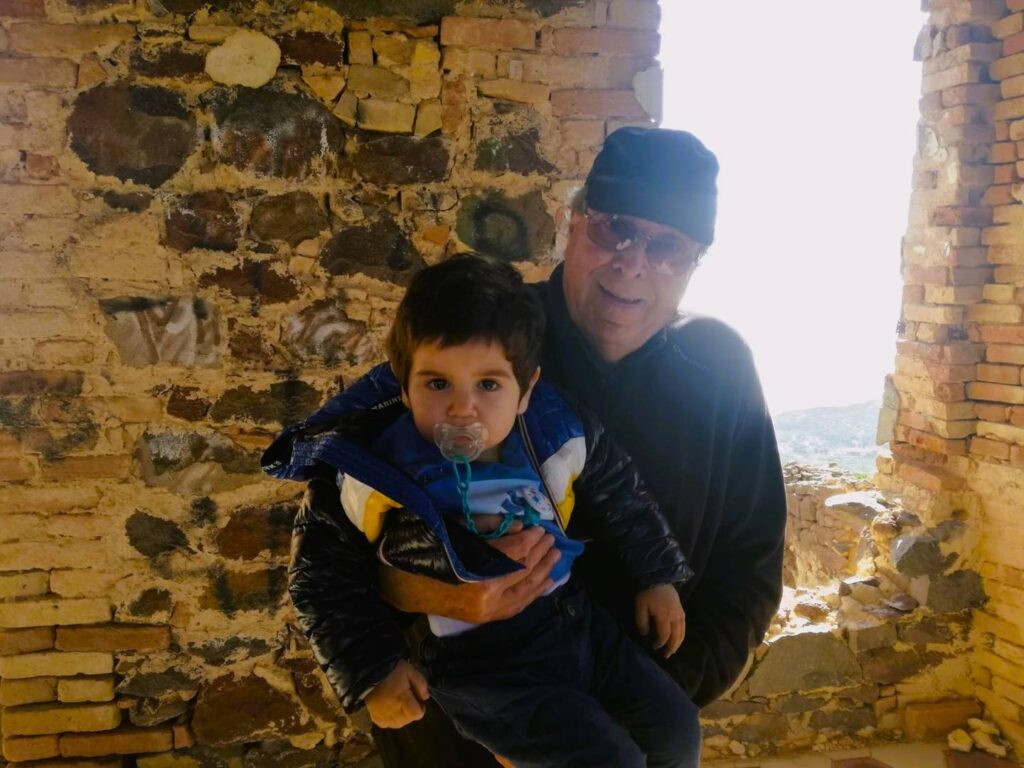
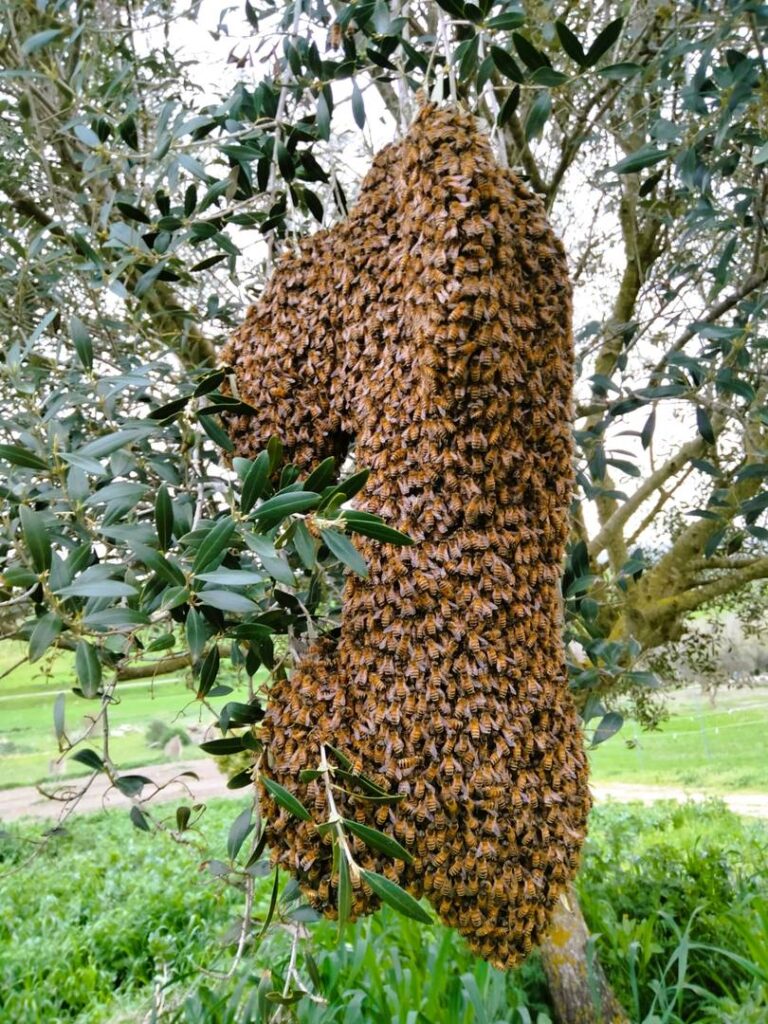

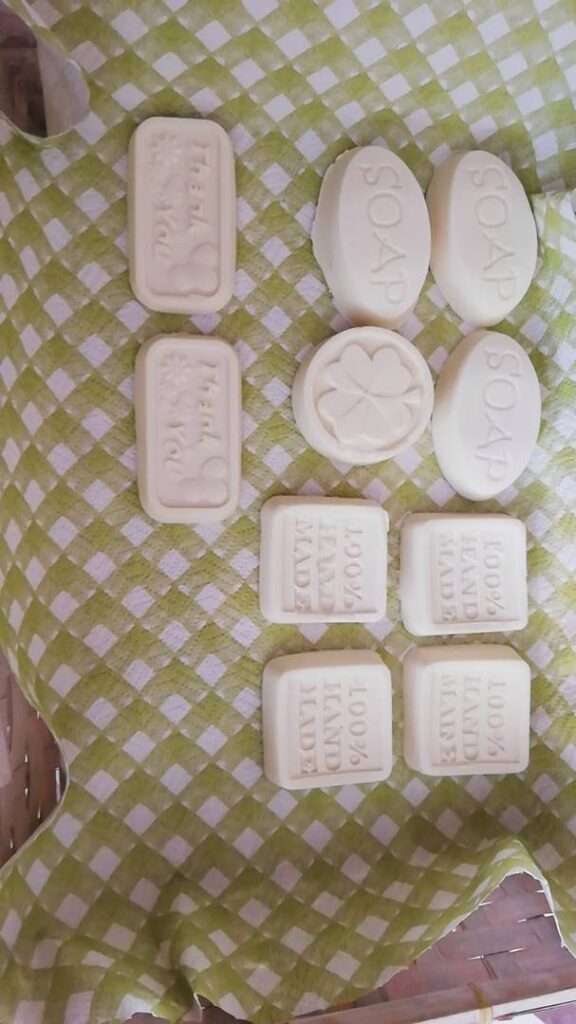
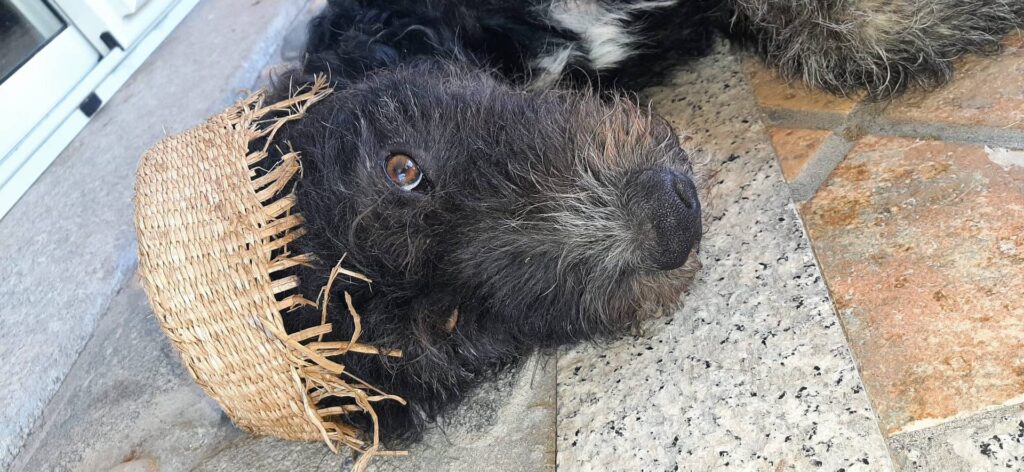
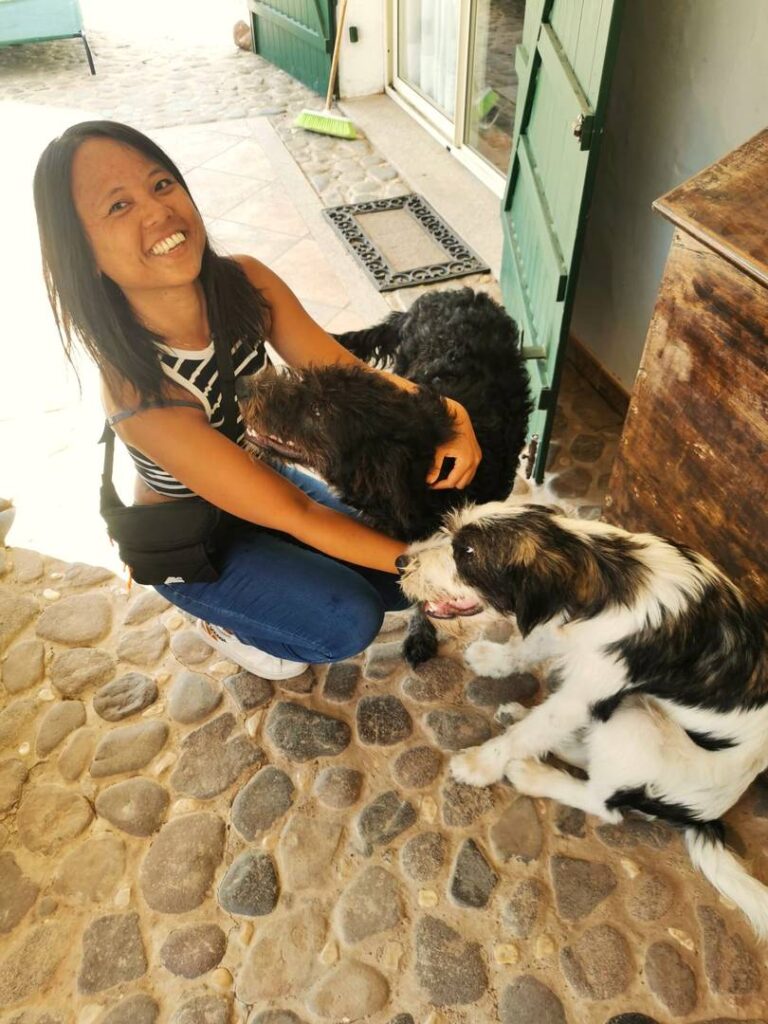
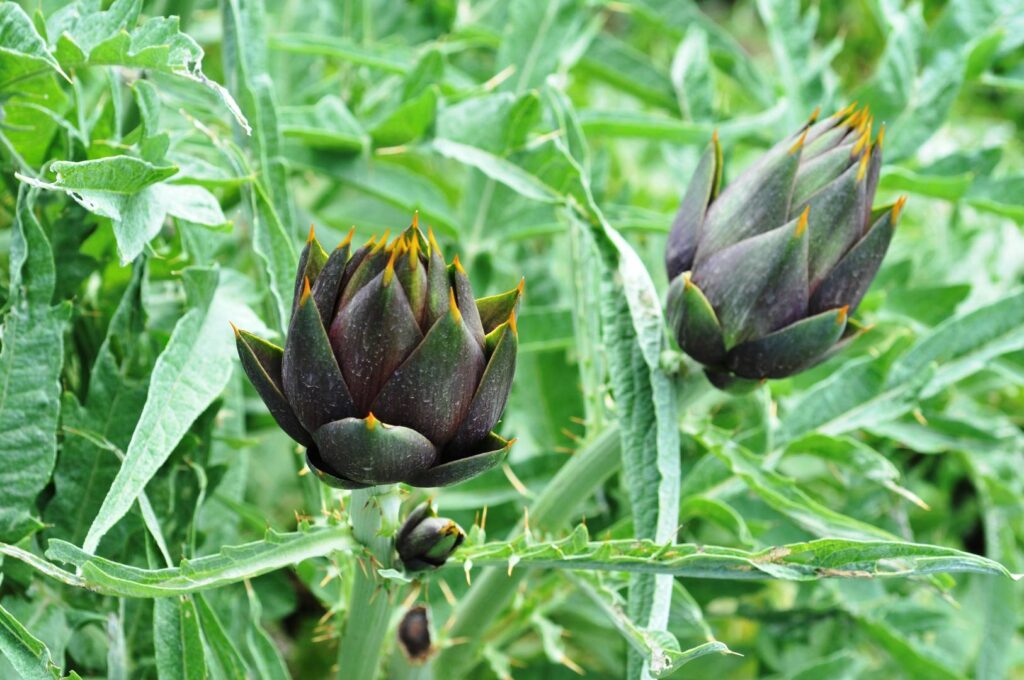
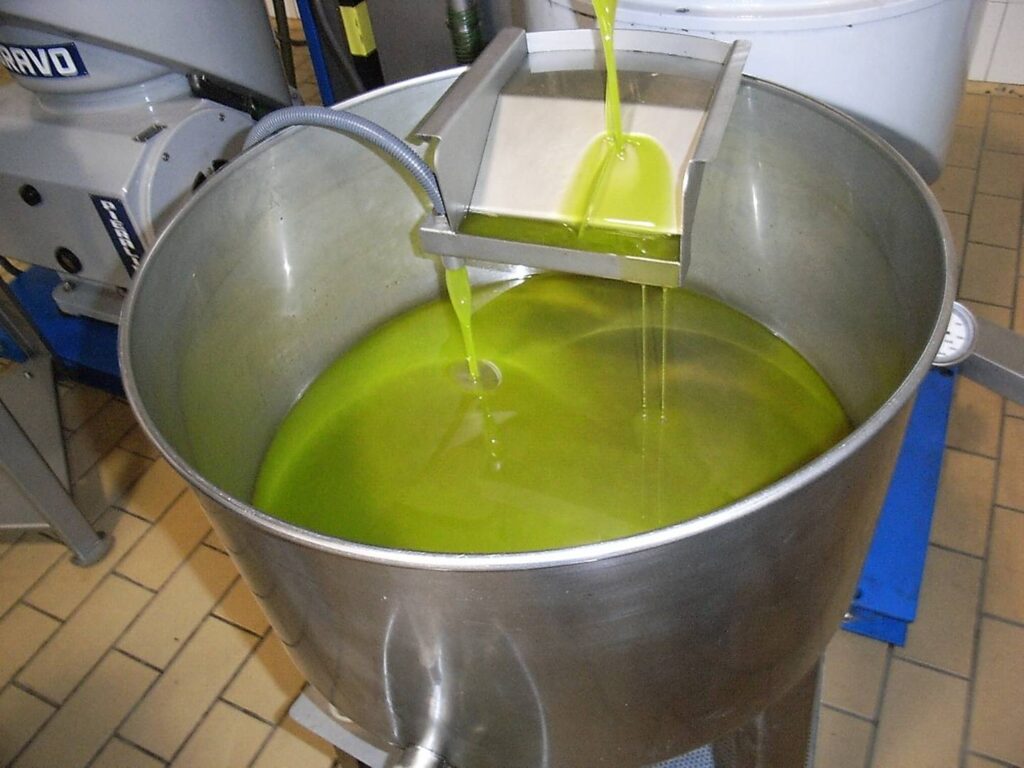
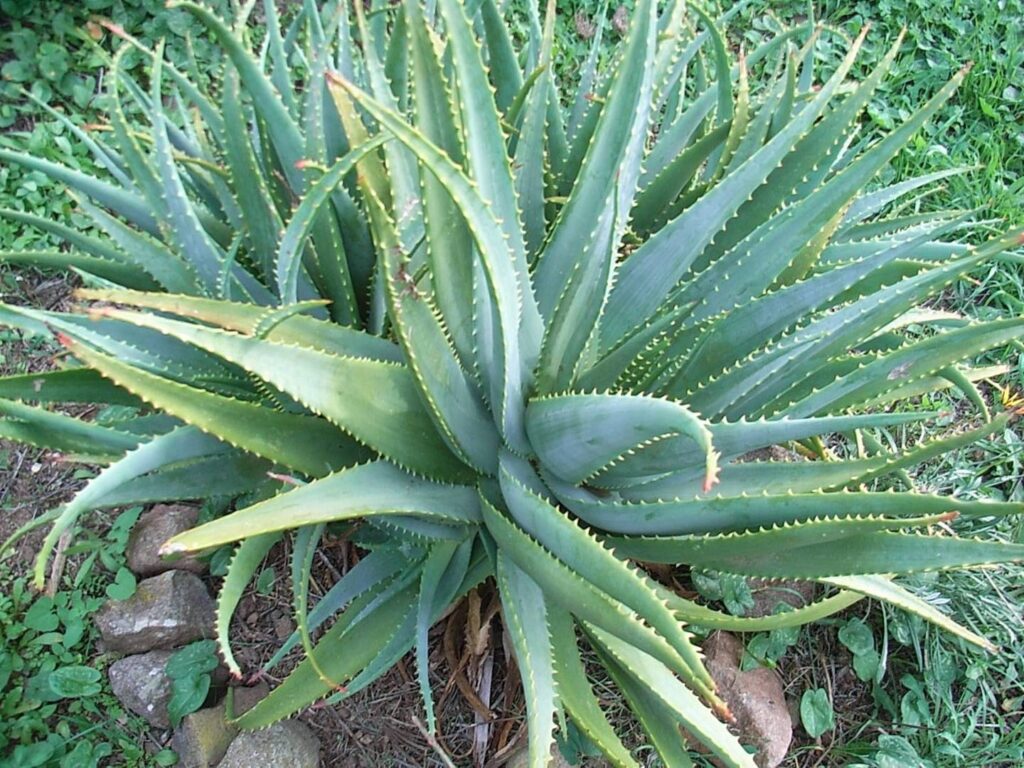
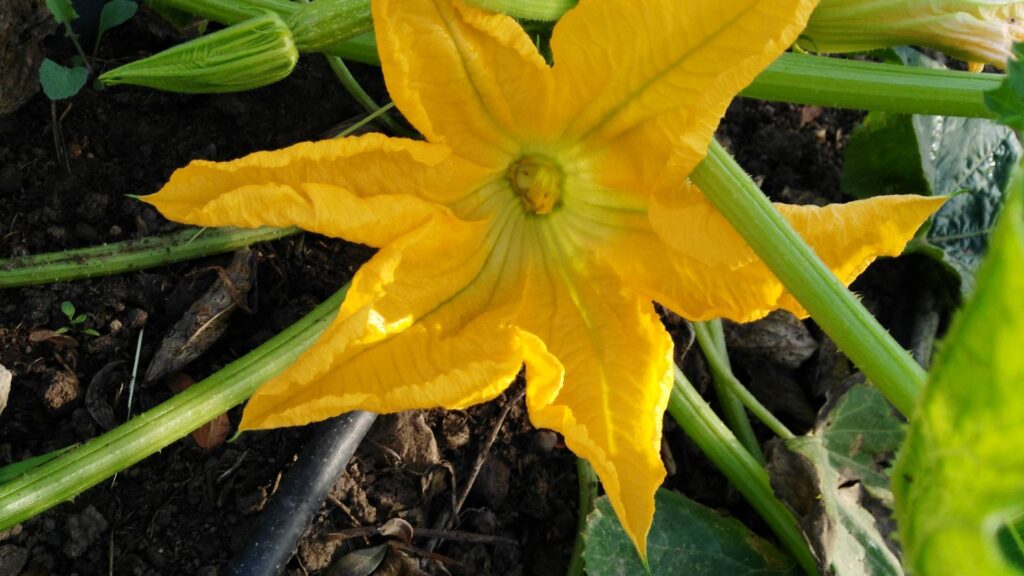
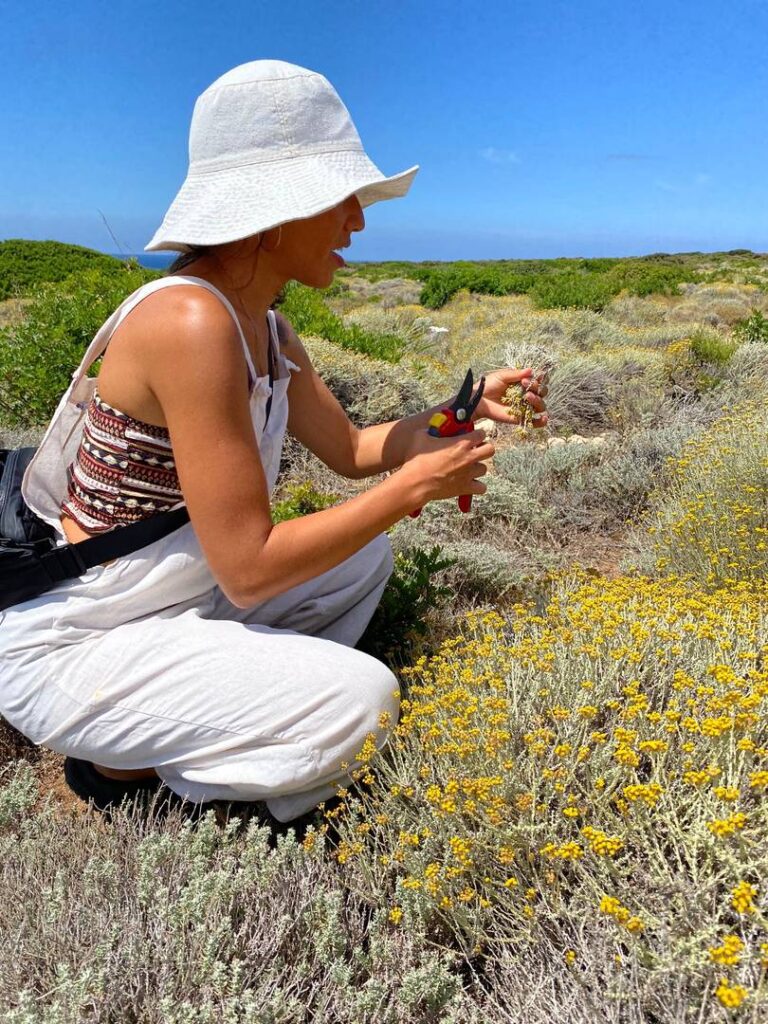
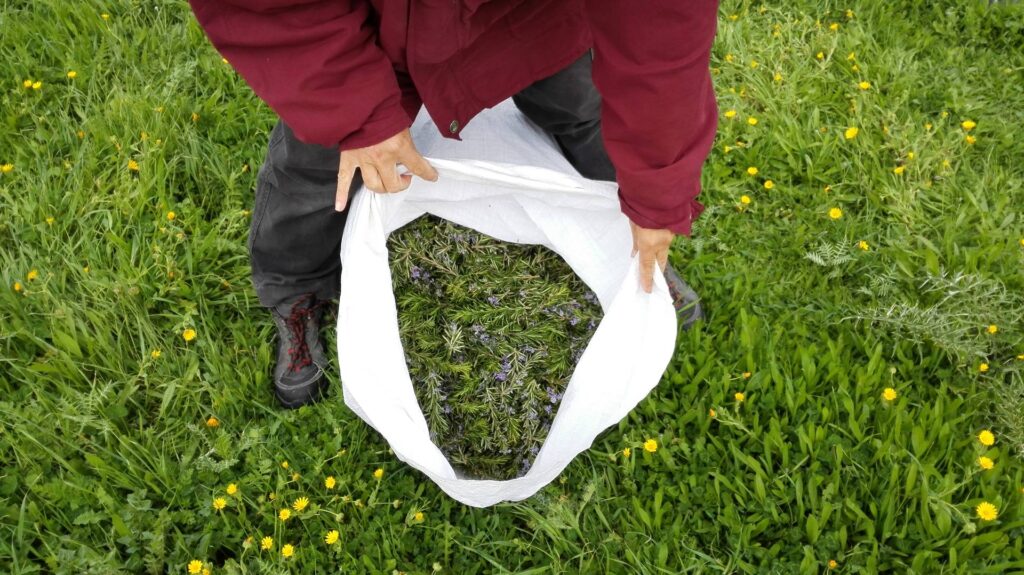
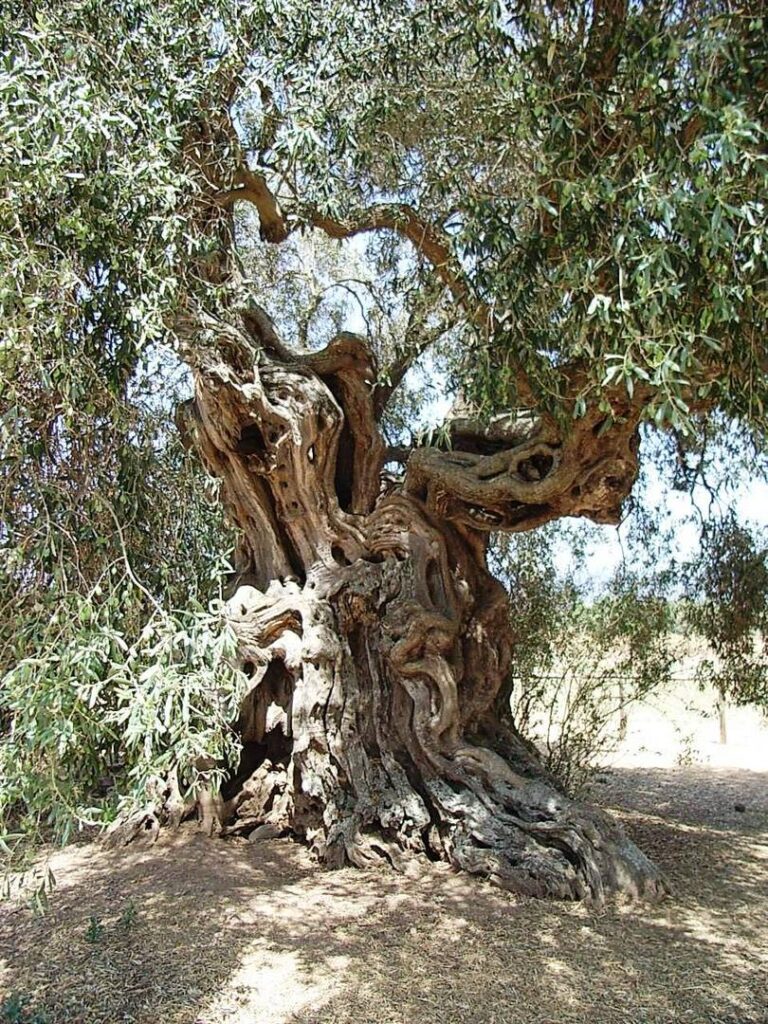
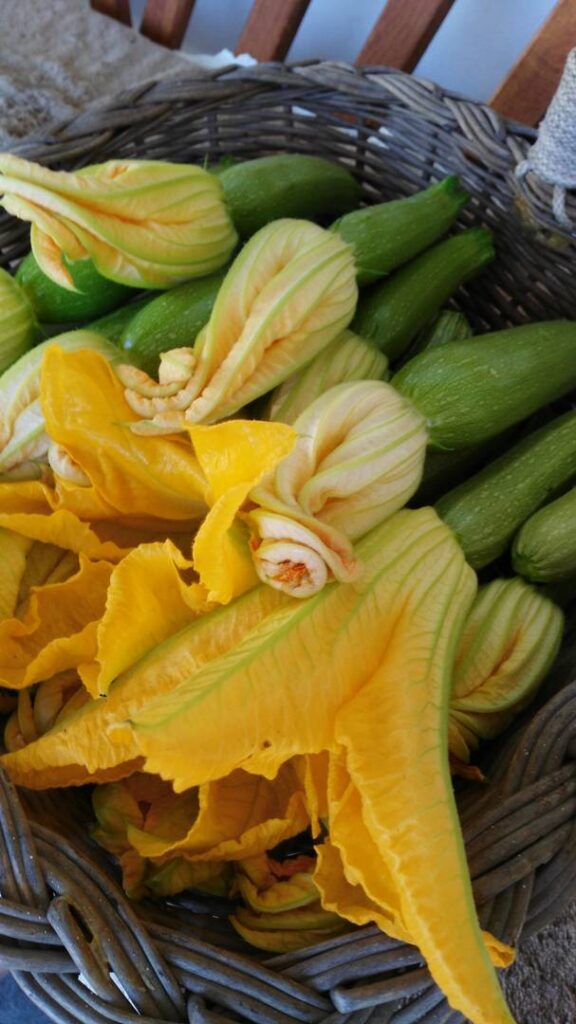
In Italy agriturismi (farmhouse) are places to relax and enjoy the surroundings without having to get up at five in the morning to milk cows or collect eggs. Some Agritourism farms are more chic than others. We can offer a particularly good breakfast, if you want to enjoy it. Or the pic nic arrangement, as well. Our combination of sweet and sour is a winner. Uova, prosciutto, formaggio e pane (eggs, ham, cheese and warm bread) for the more savoury palette and biscuits and brioche or a large choice of Sardinian pastries for the sweeter toothed traveller, fruit juices and yougurt, high—fiber cereals, Nutella for kids, coffe, cappuccino, tea, milk, fresh and dried fruit to boost your energy to get you ready for the best activities here around.
What’s it to be? A B&B housed in a Mediterranean villa, a fancy geodesic dome, a safari tent to get in touch with nature, or a back-to-nature agriturismo (farm-stay accommodation) snuggled in the hill in front of the sea? With so many atmospheric places to stay, deciding where to base yourself here involves so much more than just choosing a bed for the night. We’re just here to help you!
Think of a small piece of paradise miles away from anywhere, in the most beautiful setting, but at a short distance from the sea: here we are!
We love to hear from travellers – your comments keep us on our toes and help make our accomodation better.
We made shoulder Season (Apr–Jun & mid-Sep–Oct) room rates significantly lower. The weather is more changeable, but usually it doesn’t rain. Excellent time for hiking, cycling and climbing. Sights and beaches are less crowded.
We named our accomodations by the titles of De Andrè songs. Born in 1940 in Genoa, Fabrizio De André rose to fame with his songs/poetry about marginalized and rebellious people, above all prostitutes, who were seen by De André as the answer to bourgeois prissiness. In 1979 he was kidnapped by Sardinian bandits and held prisoner in the Supramonte Mountains in the centre of the island. He was released four months later after the ransom was reportedly paid. When his captors were eventually apprehended by the police, De André was called as witness before the Court. He showed compassion for some of his kidnappers, since he was well treated by what he called “guardians” and declared his own solidarity with them – “They were the real prisoners, not I”. He died of cancer in 1999 and is remembered as a real people’s poet, a champion of the ordinary man and is often compared to Bob Dylan poetry. So here you’ll find “Bocca di Rosa” geodesic dome, a shared space, with kitchen, dining and living room, also a bit of a fitness space. The tents are the unique Shell “Creuza de mà”, two Big Safari (“Via del Campo” e “Canzone per l’estate”), three Safari Lodge(“Oceano”, “Dolce Luna”, “Le nuvole”) and the home at Agriturismo (“Verdi pascoli”).
FOOD & DRINK
You can’t beat Sardinia for the climate, good food and wine. Eat at rustic agriturismi, visit local wineries, and loosen a belt notch for a feast of home-grown seasonal fare.
Of course everyone has to eat but there’s eating and there’s eating. In Italy it’s not only a way of surviving – it’s a job, a pastime, a hobby, a sport, an art, a vocation, a craft, a craze, a distraction, a diversion, a fancy, an occupation, a game, an interest, a leisure activity, a leisure pursuit, an obsession, a topic, a quest, a relaxation, a side-line, a specialty, a weakness, a whim and something that cannot be ignored, in any case something to care for.
In an island where even daily staples such as bread and cheese are elevated to a near art form, mangiare bene (eating well) is considered a given. The Sards combine their love of food and socialising at the table, in both humble backstreet trattorias and top-end restaurants. “Organic”’ and “slow food” are modern buzzwords for what Sardinia has been doing for centuries. Dinner tends to be a jolly communal affair, with a feast of farm-fresh vegies, cheese, meat and wine.
For those with a sweet tooth, you can spend an entire afternoon roaming the bakeries filled with freshly baked pastries as well as homemade candies. Sardinia’s sweet trolley has always been constrained by the natural flavours of the island. Take the recipe for amarettes (almond biscuits). Don’t miss torrone (nougat), a dolce that is made in Sicily as well, but is made in Sardinia without the addition of sugar, so with honey, egg whites, almonds and walnuts. Sardinia’s dessert menu is truly rich and varied. Alongside the island staples, there’s a never-ending list of local specialities. Every town has its own recipes; the island’s most famous dessert, however, is the seadas (or sebadas), a deliciously light pastry (vaguely like a turnover) stuffed with orange peel and ricotta or sour cheese and then drenched in miele amaro (bitter honey), see below for the recipe. At festivities you may well come across sospiri di Ozieri, rich patties of minced almonds, sugar, honey and lemon glazed with icing, and aranzadas, tiny baskets of finely shaved orange peel and almonds drenched in honey, and papassinas with sapa, mixed with almonds, honey, candied fruit and grape must. You might spot pardulas (also known as casadinas and formagelle) in cake shops at other times of the year, see below for the recipe. These delectable mini cheesecakes are made from ricotta or pecorino, flavoured with saffron and baked in a crisp shell.
Few experiences in Sardinia beat walking into a neighbourhood panetteria in the morning, breathing in the yeasty aromas and feasting your eyes on the loaves of freshly baked bread. The civraxiu is a thick, circular loaf with a crispy crust and a soft white interior. In Sant’Antioco , Calasetta and Carloforte shops you’ll discover fainè (farinata), the chickpea-flour flat bread imported centuries ago by Ligurians.
Music Paper: as crisp as a cracker, as light as a wafer and thin enough for the sun to shine through, pane carasau, also known as carta da musica (music paper), is the star of Sardinia’s bread basket. Brushed with olive oil and sprinkled with salt, pane carasau becomes a moreish snack known as pane guttiau. A fancier version often served as a first course is pane frattau, where pane carasau is topped with tomato sauce, grated pecorino and a soft-boiled egg. Everything comes with Carasau, so thin, circular shaped, crisp, Sardinian bread. It was created in the region of Barbagia by shepherds who needed a bread that would last longer when they were off for days tending their flocks. Carasatura means literally “a double cooking”. Apparently Carasau is a major contributor to the high life expectancy of Sardinians.
Sardinia generally has an individual way of doing things, and the island’s pasta is no different. Malloreddus, dense shell-shaped pasta made of semolina and flavoured with saffron, is usually served with salsa alla campidanese (sausage and tomato sauce) and is sometimes called “gnocchetti sardi”. Another uniquely Sardinian creation is fregola, a granular pasta similar to couscous (also a traditional around Sant’Antioco and San Pietro), and typically consists of semolina dough rolled into balls 2-3 mm in diameter and toasted in an oven, which is often served in fish soups and broths. Culurgiones (spelt in various ways) is a ravioli-like pasta that appears on many menus. Typically it has a ricotta or pecorino with mashed potatoes and mint filling and is coated in a tomato and herb sauce.
Something to look out for when ordering aragosta (lobster) or fish at a restaurant: on most menus, the price of fresh fish is given as per etto, (per 100 grams), and not for the dish as a whole. If in doubt, check with the waiter and ask to have the fish weighed before ordering. What swims in the Med in the morning lands on plates by lunchtime at so many places, from Ittiturismo to Restaurants. Sometimes humble shacks may be in the back of beyond, but it’s worth going the extra mile for fish this fresh. it’s always best to make a reservation, especially on busy weekend evenings. Along the coast you’ll find antipasti di mare (of the sea), such as thinly sliced bottarga (mullet or tuna roe), smoked swordfish and tuna, the best of which comes from the lagoon town of Sant’Antioco and Carloforte.
Sardinia’s carnivorous heart beats to its own unique drum. Three specialities stand out: porceddu or porcheddu (suckling pig), agnello (lamb) and capretto (kid). These dishes are flavoured with Mediterranean herbs and spit-roasted. The king of Sardinian dishes is Suckling pig, which is slow roasted until the skin crackles and the meat is meltingly tender, then left to stand on a bed of myrtle leaves. Vegetarians will have a tough time of it in Sardinia, a robustly meat-eating island. The good news is that vegetables are of a universally high standard and appear in many antipasti and contorni (side dishes), and in our veg garden, as well!
Sardinia is an island of shepherds, so it’s hardly surprising that cheesemaking is a fine art here. Sardinians point out that they are by tradition pastori, non pescatori (shepherds, not fishers). Anyway there is a strong tradition of seafood in Cagliari, Alghero, Cabras, Sant’Antioco and Carloforte.
Restaurants will provide acqua di rubinetto (tap water) if you ask for it, but locals tend to order a bottle of acqua frizzante (sparkling mineral water) to drink with their meal.
Sardinia is not as well served with cooking schools as many Italian regions, but there are a handful of places where you can get behind the stove. Some farms will even offer cookery classes or wine tasting if that’s your tipple.
About the beer, the best local choice is Ichnusa, brewed since 1912 in the southern town of Assemini near Cagliari: it is a crisp blond beer 4.7 % ABV and a wonderful thirst quencher on a hot day. It gets its name from the ancient Greek name for Sardinia – Hyknusa. But just in Sant’Antioco you’ll find a special one, Rubiu brewery and pizzeria, a perfect tasty combination.
What to say about the wines? Cannonau is a dry, red wine produced right across the island in large quantities mainly concentrated in the central areas. Its ruby red colour varies in intensity depending on the region or year and as the wine gets older it takes on a slightly orange hue. A Sommelier would say it contains the faint aromas of cherry and mint but we honestly don’t know … Gabriele D’Annunzio, a famous Abruzzese poet, who was only nineteen years old at that time, said of the Cannonau: “A te consacro, vino insulare, il mio corpo e il mio spirito ultimamente. Il Sire Iddio ti dona a me, perché i piaceri del mio spirito e del mio corpo sieno inimitabili. Possa tu senza tregua fluire dal quarteruolo alla coppa e dalla coppa al gorgozzule. Possa io fino all’ultimo respiro rallegrarmi dell’odor tuo, e del tuo colore avere il mio naso per sempre vermiglio”. ””I dedicate my body and my soul to you, island wine may you unceasingly flow to the drinking cup and from the cup to the gullet. May I rejoice at your smell till my last breath. May my nose have always your vermilion colour”.
Cantina Santadi is the biggest winery in the southwest, its reds include the highly rated Roccia Rubia and Grotta Rossa, both Carignano del Sulcis. Note that booking a visit can be done online. The oldest one is Calasetta Cantina Sociale, while in Sant’Antioco town the best is Sardus Pater Cantina Sociale, with the famous Carignano reds and rosés.
The vineyards that ribbon the hillsides on the outskirts of Olbia produce some of the finest Vermentino white wines, as well as a handful of noble reds from the cabernet, Cannonau, merlot and Bovale grapes.
Mirto Rosso or Mirto Bianco is Sardinia’s national liqueur and is made by emaciating fresh red or white berries from the Myrtle tree in alcohol. Mirto is Sardinia’s national drink, a smooth, powerful liqueur distilled from the fragrant black/purple fruit of the myrtle bush.
The strangely named filu ‘e ferru (the iron wire) provides quite a kick. Similar to grappa, it is made from a distillate of grape skins and positively roars down the throat – the alcohol content hovers around 40%, with some home brews reaching an eye-watering 60%. To avoid taxes and state monopoly Sardinians hid their homemade acquavite underground, so they’d mark the hideout with an iron wire (the filu ‘e ferru) wrapped around the neck of the bottle, to recover it, from which the drink derives its name.
Some places offers aperitivo: sip a sundowner at sunset … in a lively spot for an alfresco aperitif.
